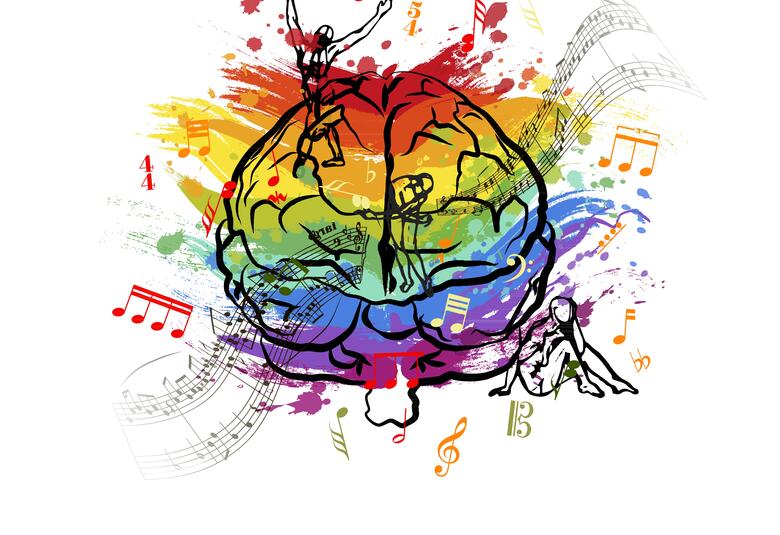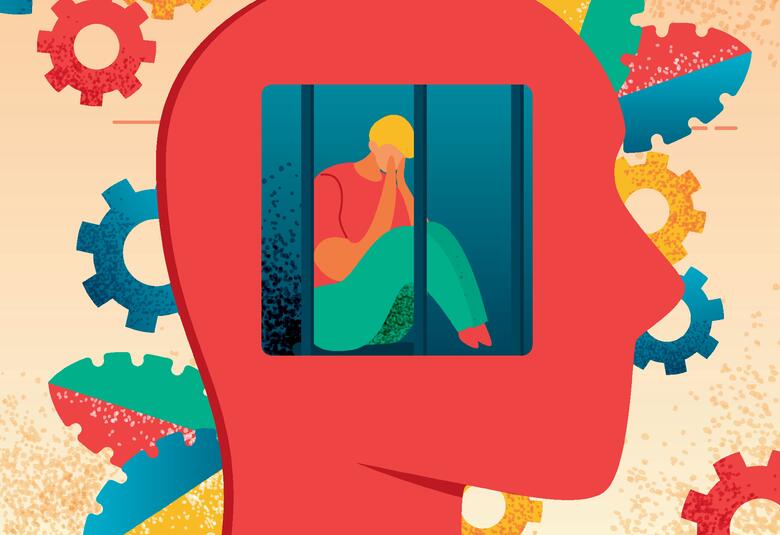Negative symptoms are experienced by more than 50% of patients with schizophrenia. They are often a key part of the prodrome, and are associated with poor functional outcomes for patients. Negative symptoms are important for patients and their families as they represent an unmet treatment need. When introducing this session, the chair, Prof Silvana Galderisi from Italy explained that the EPA and ECNP decided to present this joint educational symposium to promote education, research and advocacy for negative symptoms in schizophrenia.
Prof Armida Mucci from Italy set the scene by describing that there are five key sets of negative symptoms that fall into two domains. This separation of the symptoms into two domains is supported by the clustering of items in different scales designed to assess negative symptoms. The avolition/apathy domain includes this symptom plus asociality and anhedonia. The expressive deficit domain comprises alogia and blunted affect. Recent evidence suggests that the presence of symptoms in these two domains have different effects on patients' functional outcomes, and that the two domains of symptoms may have different mechanisms of pathology.
It appears that the changes in reward-related processing seen on neuroimaging of patients with schizophrenia differentiates the two domains of negative symptoms. The deficit in activity in the ventral striatum in anticipation of reward appears to be associated with the avolition/apathy domain of negative symptoms, but not the expressive deficit domain. These differences not only point to difference in the pathophysiology of these symptoms, but may also indicate new avenues for translational research and the development of new treatments.
Such treatments are important, particularly for patients with persistent negative symptoms that are primary parts of the disease pathology (not secondary to the presence of psychotic symptoms, affective disorders, cognitive deficits, or drug adverse effects). Patients with these primary persistent negative symptoms (so-called “deficit syndrome”) showed worse outcomes in terms of global disability, and much lower rates of remission over time than those without primary negative symptoms.
Persistent, primary negative symptoms are associated with worse outcomes for patients, compared with those who have positive symptoms only.
Persistent, primary negative symptoms are associated with worse outcomes for patients, compared with those who have positive symptoms only
Despite the fact that negative symptoms may have a profound effect on patient outcomes, Prof Sonia Dollfus from France, described that they are often overlooked. This may be partly because they are more difficult to assess than the positive symptoms of schizophrenia, and are not well managed by current therapies. Looking at the history of schizophrenia, she pointed out that the earliest descriptions by Kraepelin and Bleuler both discussed affective and emotional blunting as key features of the disease. Later in the 20th century, researchers such as Dide and Guiraud, and Delay in France continued to discuss these negative symptoms, until the publication in 1959 of Schneider's First-rank symptoms, which emphasised assessment of positive symptoms over negative. This imbalance is still reflected in the DSM-5 criteria.
There are numerous standardised scales for the assessment of negative symptoms, some of which allow for the assessment of multiple dimensions of the disorder. Some of the assessments for negative symptoms are limited, however, by the absence of items measuring some key factors, or by the inclusion of items that measure features no longer considered negative symptoms. In addition, most scales are based on observer- rather than self-rating of the patient.
The self-assessment of negative symptoms (SNS) scale is a short, 20-item scale. It comprises 20 sentences, based on verbatim descriptions by patients of their experiences. The 20 items cover the five domains of negative symptoms, and are straightforward for patients to answer. The scale is available and has been validated in 14 languages. The SNS is highly sensitive and specific for the presence of these negative symptoms. Moreover, it can even be used in patients with poor disease insight.
Patient self-assessment of negative symptoms can be straightforward, and complement other assessments
Prof. Dollfus concluded that it is extremely useful to take into account patients' internal experience of their negative symptoms. In addition, patient self-assessment of negative symptoms has been shown to be reliable in patients with schizophrenia. Such assessment can provide complementary information to medical assessments, and can be a simple and time-efficient way to include patients in their care and treatment pathways.
Our correspondent’s highlights from the symposium are meant as a fair representation of the scientific content presented. The views and opinions expressed on this page do not necessarily reflect those of Lundbeck.





